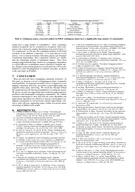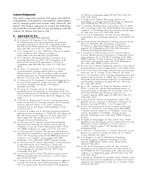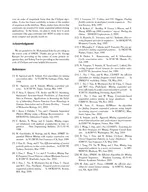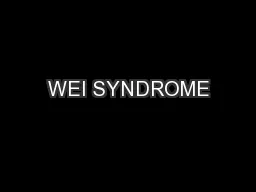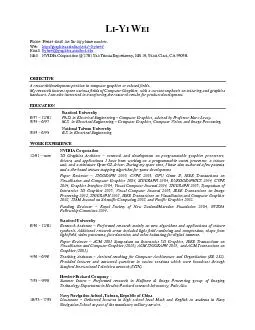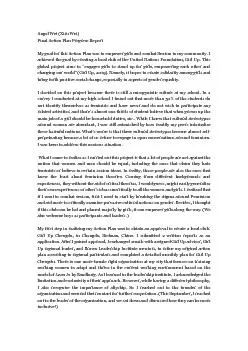PPT-Wei Li
Author : danika-pritchard | Published Date : 2016-05-17
Department of Chemistry University of Victoria Winter 2013 Measurement of Binding Constants and Heats of Binding using Isothermal Titration Calorimeter Acknowledgement
Presentation Embed Code
Download Presentation
Download Presentation The PPT/PDF document "Wei Li" is the property of its rightful owner. Permission is granted to download and print the materials on this website for personal, non-commercial use only, and to display it on your personal computer provided you do not modify the materials and that you retain all copyright notices contained in the materials. By downloading content from our website, you accept the terms of this agreement.
Wei Li: Transcript
Download Rules Of Document
"Wei Li"The content belongs to its owner. You may download and print it for personal use, without modification, and keep all copyright notices. By downloading, you agree to these terms.
Related Documents


